Last Updated: 05/05/2025
5 Five Reptile Facts For Non-Herpetologists
Interested in knowing more about reptiles? Check our these cool facts about reptiles and learn more about them as pets from our vet team.
Author: Dr Nicole du Plessis BVSc (Hons)
Reading Time: 32 minutes - long read
Keeping reptiles might seem overwhelming if you've never done it before; they are less common than the dogs and cats many of us have grown up with as pets. However, once you know some basics and specifics about your chosen species, reptile keeping is a rewarding and thrilling experience!
These five facts will get you started in building your herpetology knowledge.
1 -The planet is home to over 8,000 species of reptiles
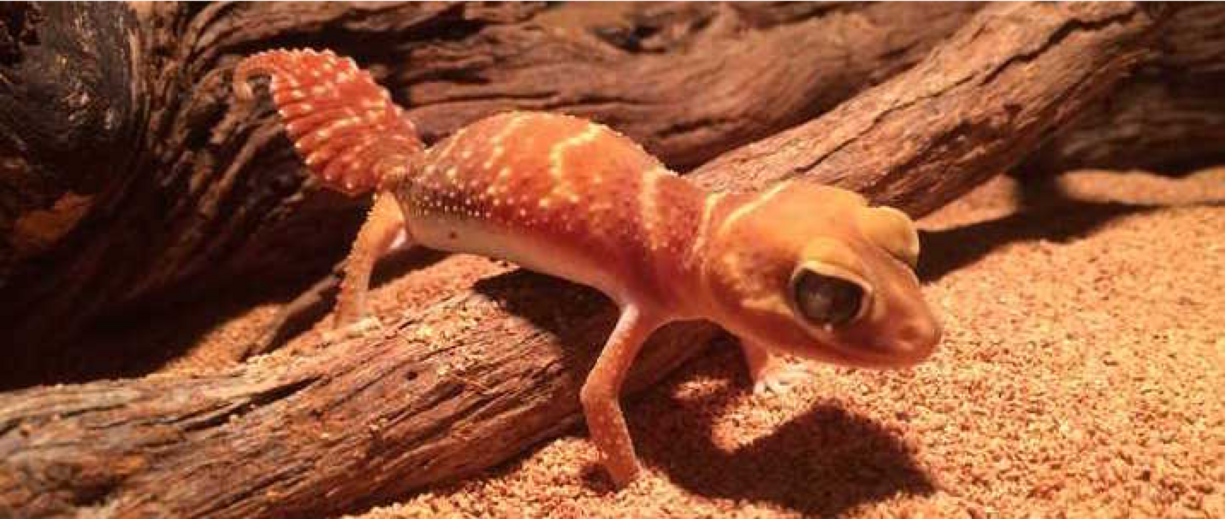
Reptiles first appeared over 300 million years ago, around the time of the dinosaurs. Reptiles are divided into four main classificatory categories: turtles (order Testudines), tuatara (order Rhynchocephalia) lizards and snakes (order Squamata), and crocodiles (order Crocodylia).
Squamata is the largest taxonomy, with over 4,000 species of lizards and 3,000 species of snakes.
Many of these species have not been domesticated and are only found in the wild; however, you will still have a large variety to select from when it comes to choosing a reptilian pet!
If you are a first time reptile keeper, it is best to stick to more common, low-maintenance species, such as the bearded dragon or knob tailed gecko. As you gain experience and knowledge, it is then appropriate to advance to rarer, more difficult species.
2 - Reptiles are ectotherms
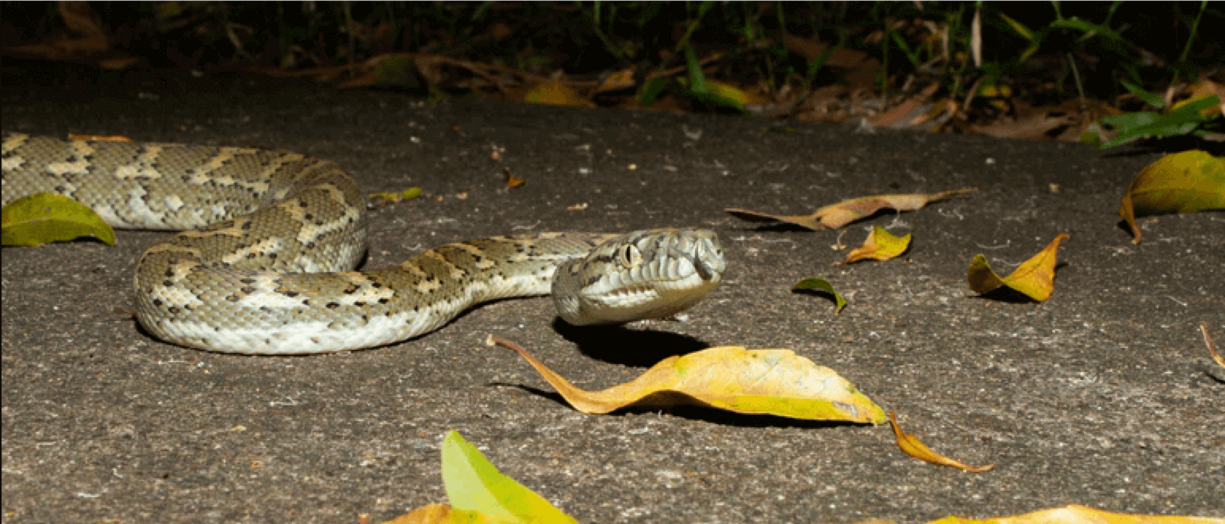
If you spend much time in nature (or even at a zoo), you have probably seen a lizard, snake or turtle basking on a rock in the sun. They are not just working on their suntan, as humans would.
For reptiles, basking as a necessary behavior because they are ectothermic, meaning that they do not produce their own body heat, and must warm themselves through external sources.
The intensity and amount of light you will need to provide will vary based on where in the world your species naturally lives (the tropics are a vastly different climate from the desert) and on whether they are diurnal (active during the daytime) or nocturnal.
You will need to create a heat gradient within the enclosure - a warm side where they can go to heat themselves up, and a colder side where they can retreat to cool off. The best way to do this is to set up a thermostat attached to thermometers within the enclosure. Heat is very important for our reptiles as they rely on external sources of heat to metabolise and digest their food, fight infection, and even for maintaining a normal heart rate!
Only native reptiles can be kept in Australia, which means that the majority of species will require warmer temperatures, with hot sections of the enclosure reaching up to 35 degrees Celsius. As the UV index in Australia is so high, the majority of our pet reptiles also have a huge requirement for UV light, and we recommend investing in the best UV globe, and changing it every 3-6 months according to manufacturer instructions. We also recommend at least 5 hours of natural sunlight a week for diurnal reptiles like Bearded Dragons.

Install an Exo Terra LED Thermometer into your terrarium and be in control of your reptile's environment.
Compatible with standard porcelain incandescent sockets, these lights give off infrared heat with no light.
The Outback Max 10.0 UV Tube provides a source of UVA and UVB light for your terrarium.
For precise temperature monitoring in your reptile or small animal enclosure, Zoo Meds Analogue Thermometer offers an extreme temperature range from -6°C to 50°C.
Want to know more? Read our Beginner's Guide to Reptile Care.
3 - Beware of salmonella

There are fewer risks to your health and safety than you might think when it comes to owning a reptile. Bites are uncommon in tame reptiles as long as the animal is healthy and you follow proper procedures when feeding by washing your hands before and after feeding, and using tongs or long tweezers to offer food. Beginner reptiles such as Stimsons Pythons and Central Bearded Dragons are also more docile and unlikely to bite.
However, one risk to be aware of is salmonella. Salmonella is a normal to find in a reptileâs gastrointestinal system and skin, and will not make them sick in the same way that it infects humans. It is commonly spread through their droppings.
Symptoms of salmonella include diarrhea, vomiting, cramps, and fever. Young children, the elderly, and those with compromised immune systems are at higher risk from developing complications from the infection.
However, donât let this scare you away: as long as you commit to good hygiene practices by cleaning the enclosure regularly and washing your hands for at least 20 seconds with soap and water after any interaction with your reptile. Do not allow children to interact with reptiles unattended, and ensure that your husbandry is ideal to reduce stress and a compromised immune system.
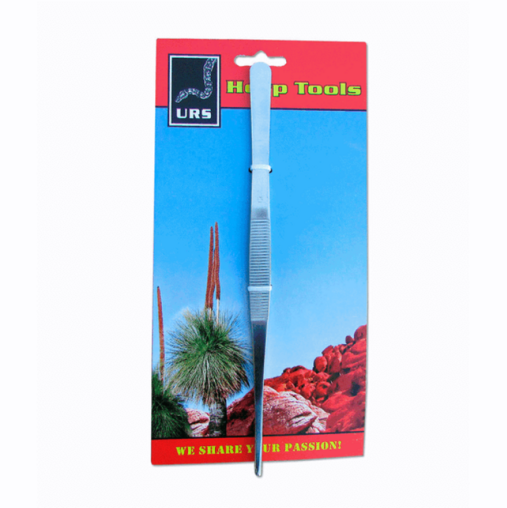
The URS Tweezers are a professional product that allow you to feed your juvenile reptile safely from a distance.
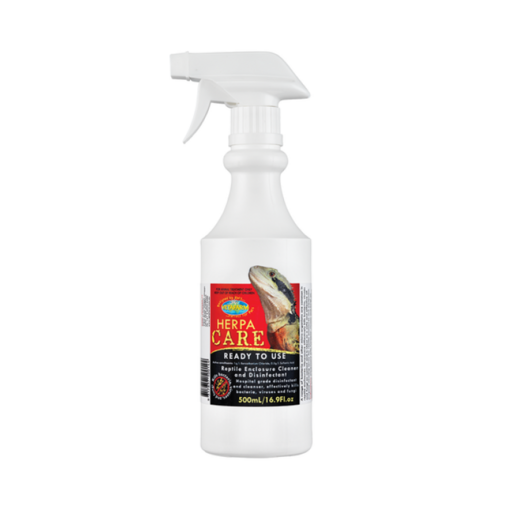
Vetafarm Herpacare effectively kills bacteria, viruses, and fungi on contact and is ideal as a safe and effective all purpose cleaning spray for reptile enclosures and equipment.
F10 is a veterinary grade disinfectant that is effective against all bacteria, fungi, and spores, and viruses.
4 - Most reptiles are carnivores
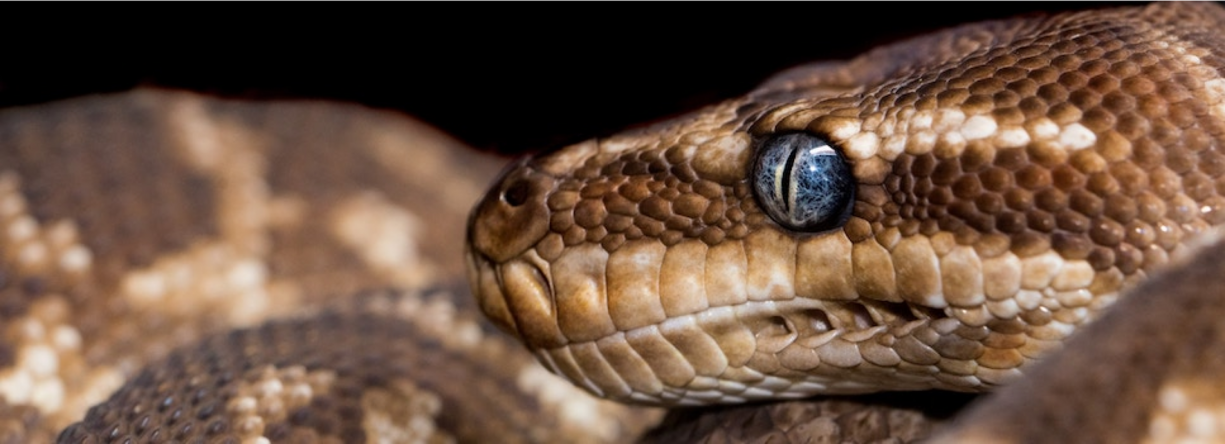
Most reptiles subsist on a diet of insects, eggs, small mammals, and other reptiles. In the wild, reptiles are hunters and will fend for themselves; in captivity, you will be responsible for being the sole provider of their sustenance.
How much and how often your reptile needs to be fed will depend on the specific species and its age (generally, babies and juveniles need to eat more frequently than their adult counterparts). You will be able to find the proper food to feed your reptile at most any pet storeâthe diets for common âstarter reptilesâ include mealworms, wax worms, crickets, and pinkie mice.
Some reptiles have different dietary requirements as they age. For example, juvenile Bearded Dragons will eat a diet that is 70% invertebrates and 30% leafy greens, but slowly transition over the next 2-3 year to a diet that is 30% invertebrates and 70% leafy greens. Other lizards such as Bluetongue Skinks and Shinglebacks are also omnivores.
In addition to their food, most reptiles will need calcium and vitamin D3 supplements, which usually come in powdered form and can be easily added to their meals. Gut loading insects is a better method of providing supplementation than dusting. All reptiles should have constant access to fresh, clean drinking water.
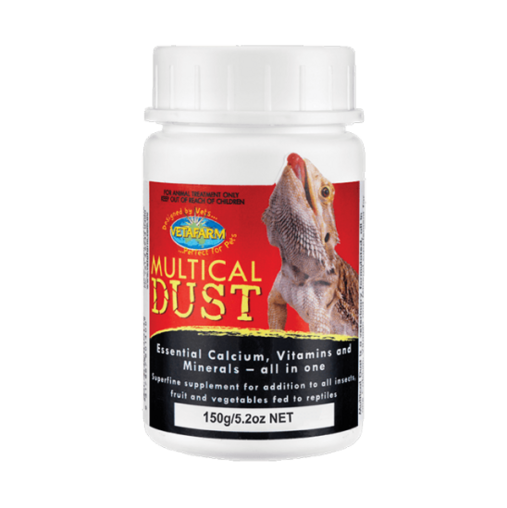
Vetafarm Herpavet Multical Dust is a Veterinary formulated supplement containing calcium, vitamins and minerals to be fed in addition to all insects, fruit, and vegetables.
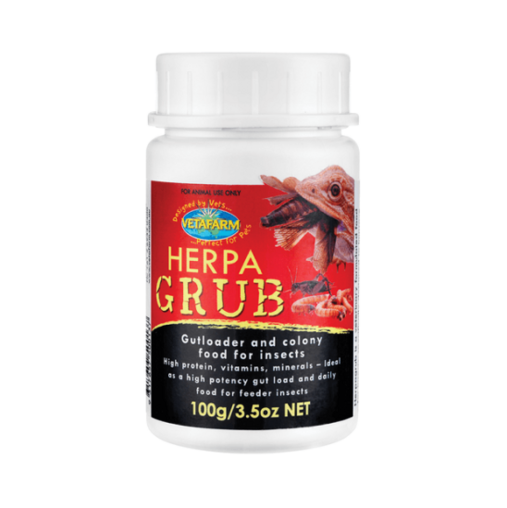
Vetafarm Herpagrub is a veterinary formulated food for insects that has been specifically designed to improve reproduction in colonies and substantially increase the nutritional value of insects fed to reptiles.
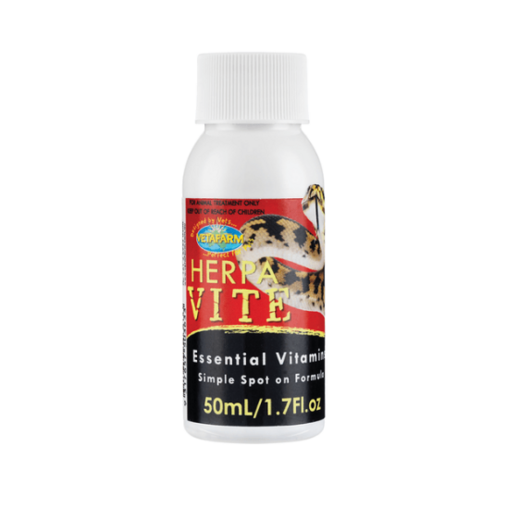
Vetafarm Herpavite is a vitamin supplementation for reptiles including snakes, lizards, and turtles where the diet may be deficient.
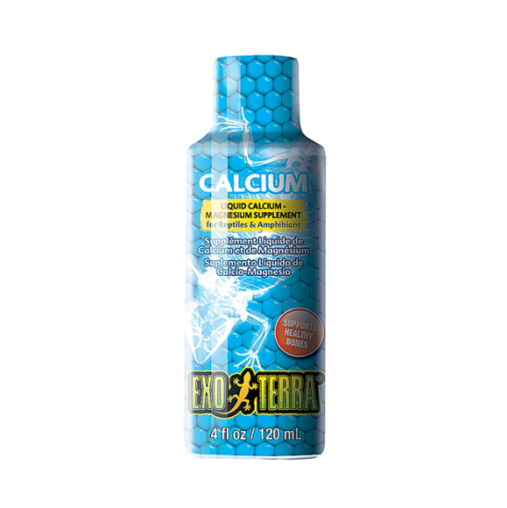
A liquid supplement comprised of 8% highly absorbable elemental calcium and 1% Magnesium to help maintain a strong bone structure.
Want to know more? Read our guide to Reptile Supplements.
5 - Reptiles have tiny brains
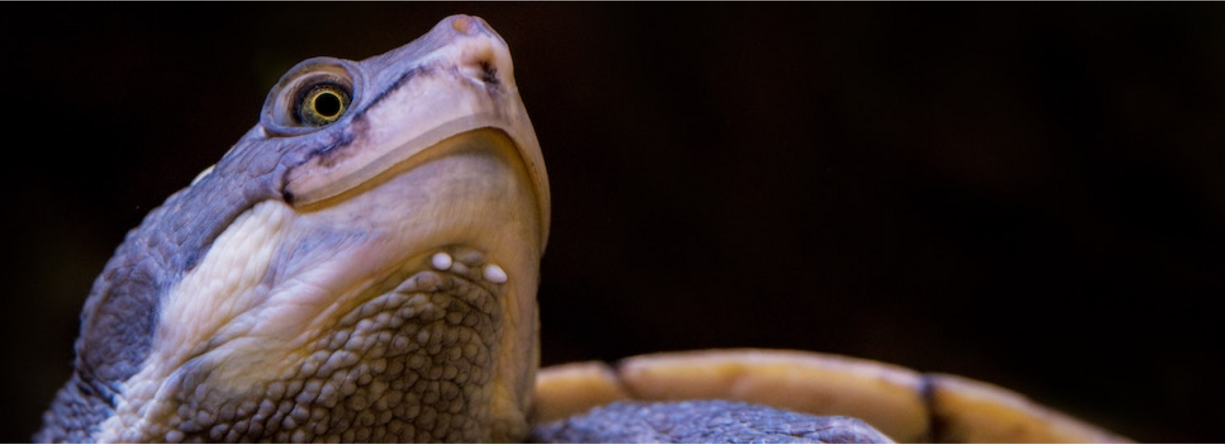
Compared to mammals, reptiles have much smaller brains relative to their body size. Because of this fact, you wonât be able to train your reptile the same way you might a dog, cat, or even rabbit. They are also not domesticated, and are very close to their wild counterparts. That means that they havenât adapted to living with humans, unlike dogs and cats which perform human-specific behaviours and have changed their dietary habits to adapt to living in human communities.
However, with patience, practice, and some yummy treats, it is possible to "train" your reptile to do very basic actions by focusing on simple cause and effect patterns. People have reported successfully training their reptile to come to them on command and eat treats directly from a human's hand.
Environmental Enrichment for Reptiles
Despite their teeny brains, reptiles absolutely still require plenty of environmental enrichment. Captive reptiles need wild-type simulations to keep them engaged.
For example, snuffle mats or forage trays can be used to simulate foraging in the wild for lizards like Bearded Dragons and Bluetongues. Arboreal snakes will appreciate climbing logs of different sizes, shapes, and textures, whereas ground-dwelling snakes love different sized hides.
Although it may seem like a good idea, never feed live rodents to any reptile. It may seem like the closest thing to their wild diet, but rodents are never trapped in an enclosure with a snake, and live rodents can severely injure reptiles to the point of killing them, not to mention the humane issues associated with live feeding. A live rodent can be simulated by moving the prey item around as the snake prepares to strike.
This cabana-chic lounge hammock provides an elevated vantage spot that all reptiles will enjoy, and is great for use with arboreal and terrestrial reptile species as the hammock can be positioned according to their preference.
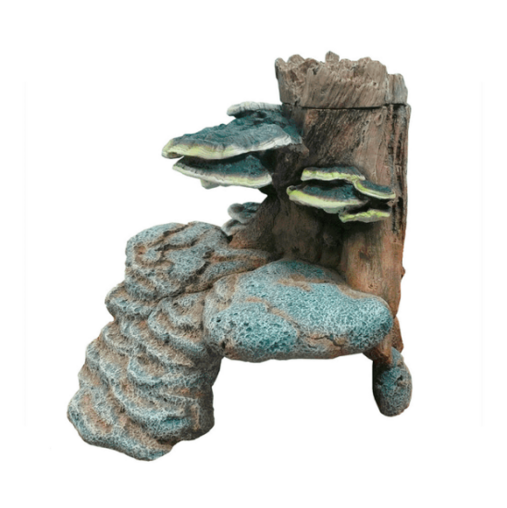
The Ipetz Large Fungi Cave adds interest to your reptiles habitat and provides a safe place to rest.
Suitable for use in all kinds of reptile terrariums, this hideout provides environmental enrichment and helps to reduce stress by providing a secure hiding place.
Sprinkle their favourite treats or mealtime kibble through the various textured sections to provide a fun and interactive mealtime.
If these five facts are some of the first you have learned about reptile keeping, you are off to a pretty good start! Keep researching, keep learning, and soon, you'll be able to begin keeping! Which of these facts surprised you the most?
Johnathan David is a graduate in animal welfare behavior, biologist and a reptile hobbyist.
Want to know more? Check out our Vet Tips Page for more tips on keeping your pets happy and healthy.